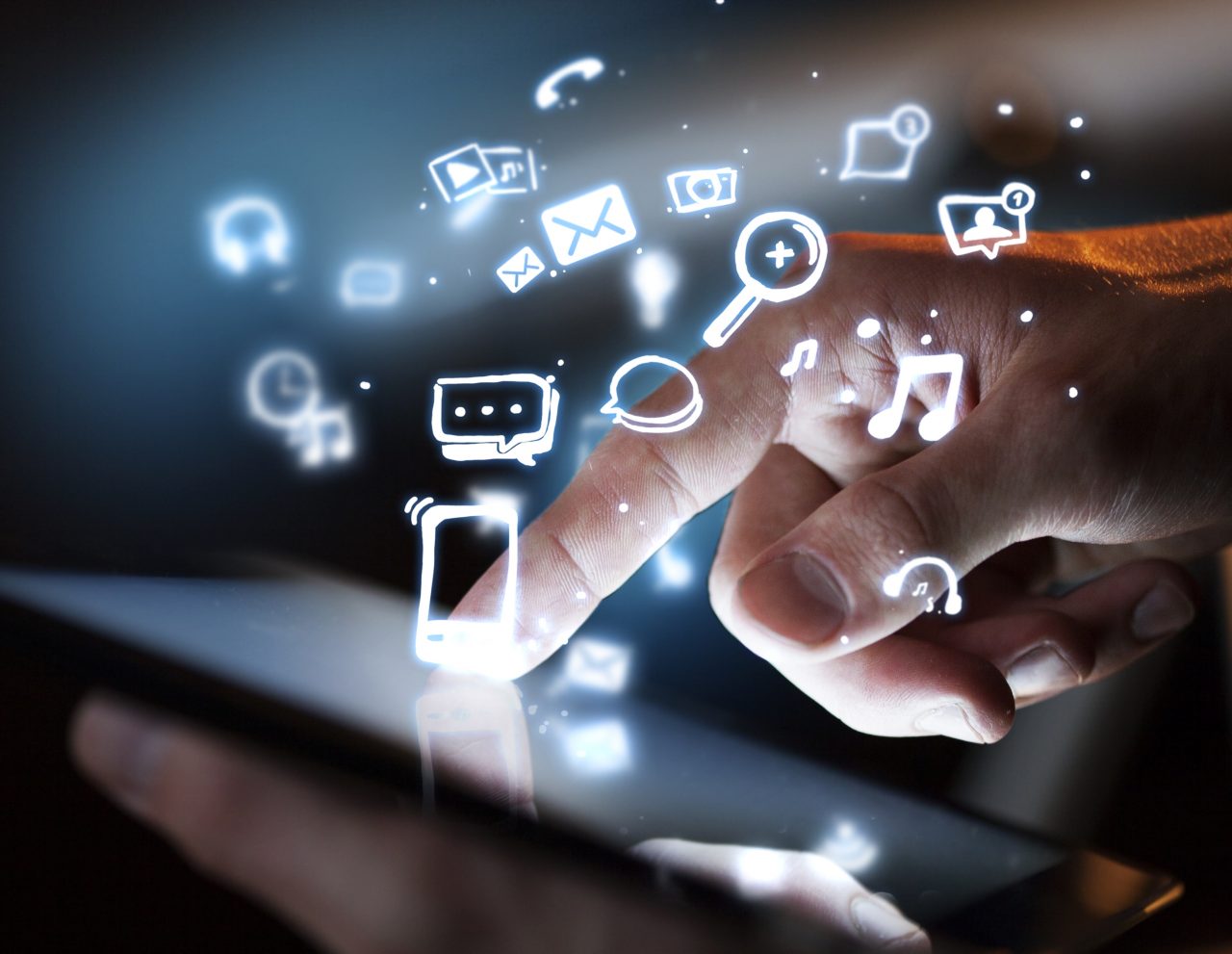What Is Touch Technology?
Every day people use smartphones, tablets, public kiosks, point of sale applications, gaming consoles, GPS devices and computers that can be operated with touch technology—with the simple swipe of a finger across the screen. What is a touchscreen exactly? A touchscreen is an electronic visual display capable of detecting and effectively locating a finger touch […]
Every day people use smartphones, tablets, public kiosks, point of sale applications, gaming consoles, GPS devices and computers that can be operated with touch technology—with the simple swipe of a finger across the screen. What is a touchscreen exactly? A touchscreen is an electronic visual display capable of detecting and effectively locating a finger touch over its display area. It is sensitive to the touch of a human finger, hand, or a touch device called a stylus. Touchscreen technology is quickly replacing many functions formerly completed with a mouse and keyboard. As touchscreens become more common, it's essential that they are designed for ease of use by everyone, including disabled and elderly people.
The touchscreen has actually been around for nearly half a century. E.A. Johnson was believed to be the first to develop the technology in 1965. The first tablet could read only one touch at a time, but was effective enough to be used by air traffic control officers in 1969. Most people associate the touchscreen with Apple because of the first iPhone that was completely touch-based, introduced to the public in 2007. Apple did not invent the touchscreen, however, though they did do a great deal to innovate it.
Touchscreen technology really took off in the late 2000's and spread to other types of devices: phones, tablets, computers. Smart classrooms in universities and high schools employ touchscreens to control multimedia projectors and displays. Today touchscreen technology is found in virtually every type of device, from computers and phones to refrigerators and automobile dashboards.
Touch panels themselves are based around four basic screen technologies: Resistive, Capacitive, Infrared, and Surface Acoustical Wave. Each of those designs has distinct advantages and disadvantages. In a future post we will look at each one individually and dive into how they work.
Touchscreens offer many different advantages. They provide fast access to all types of media. It takes more time to grab a mouse or use a keyboard to activate a display than just touching that display directly. Think about using security or medical equipment: completing a task just a second faster could make a huge difference in an emergency. In business, faster input can mean a better customer experience at the same time that it reduces cost. In a retail environment, a good touch interface can improve the operator’s accuracy and checkout speed, easily fixing mistakes and even reduce the number of staff. Just think about any big retailer that uses touch technology to allow customers with a few items to check themselves out.
The ease of touch technology helps people that might shy away from computers. There is less hesitation and more comfort when the person can just touch the screen for what they want. With a touchscreen device. you also save space; since the input device is built into the screen you don’t need a keyboard or mouse, nor all the cables they require.
There are some disadvantages to touchscreen as well. Touchscreens are not really suitable for inputting large amounts of data. Selecting detailed objects can be more difficult with fingers than with a cursor, and can cause inaccuracy. Touchscreens are more expensive than a mouse or keyboard. They can be tiring if used for long periods of time. Having a bright screen on a tablet, laptop, or phone requires a lot of computing power which means shorter battery life. Depending on lighting, they can be difficult to read. If the screen breaks, there's not much you can do to fix it other than replace it.
Touchscreens are, it seems, here to stay. They are very popular, and as technology improves so will the touchscreen capabilities. What do you think? Do you prefer the touchscreen? If you use a touchscreen—perhaps on your smartphone or tablet—what do you like or dislike about it? Leave a comment below and let us know!

 Member Connect
Member Connect